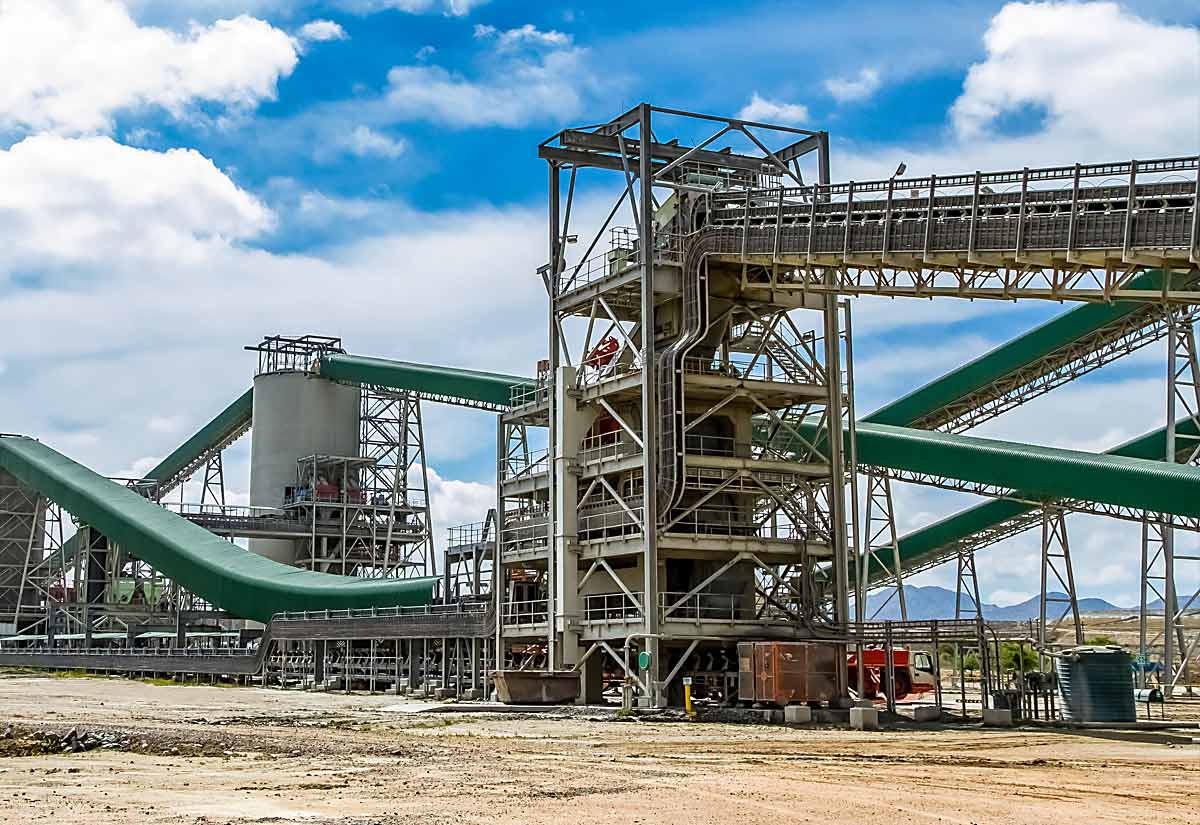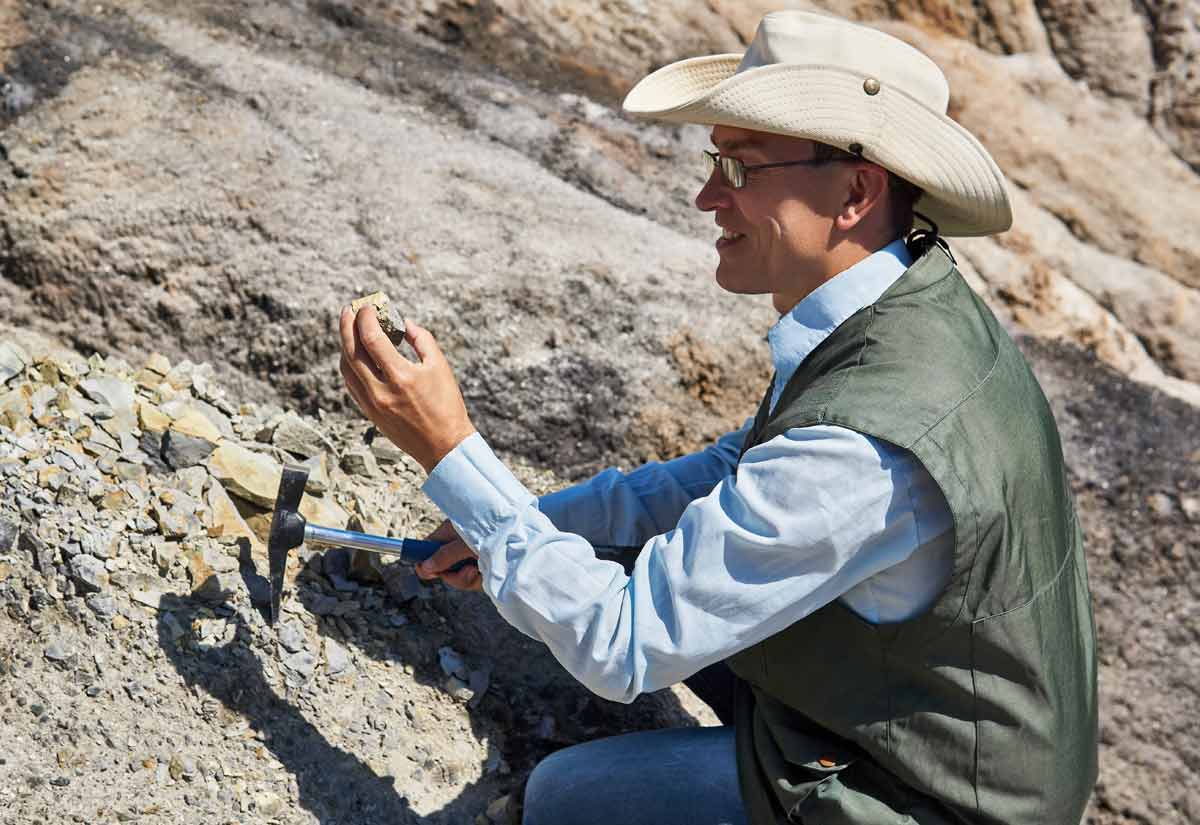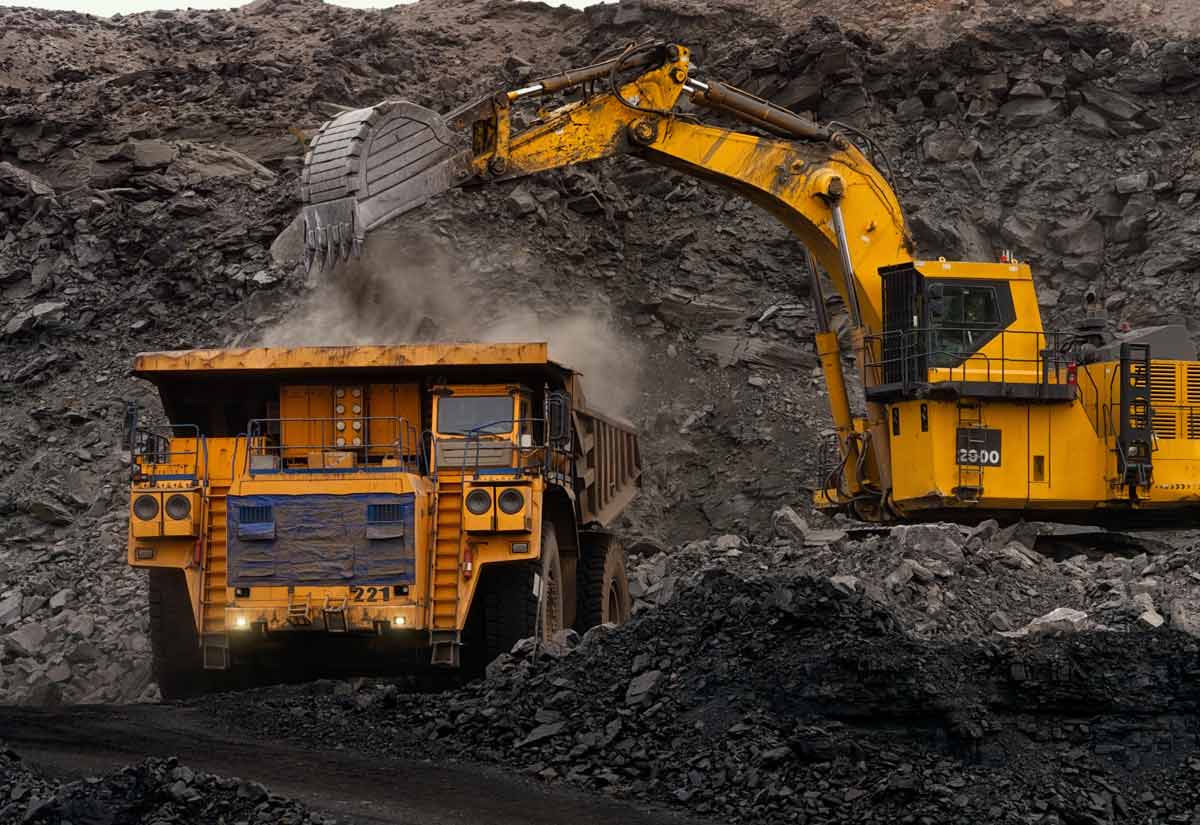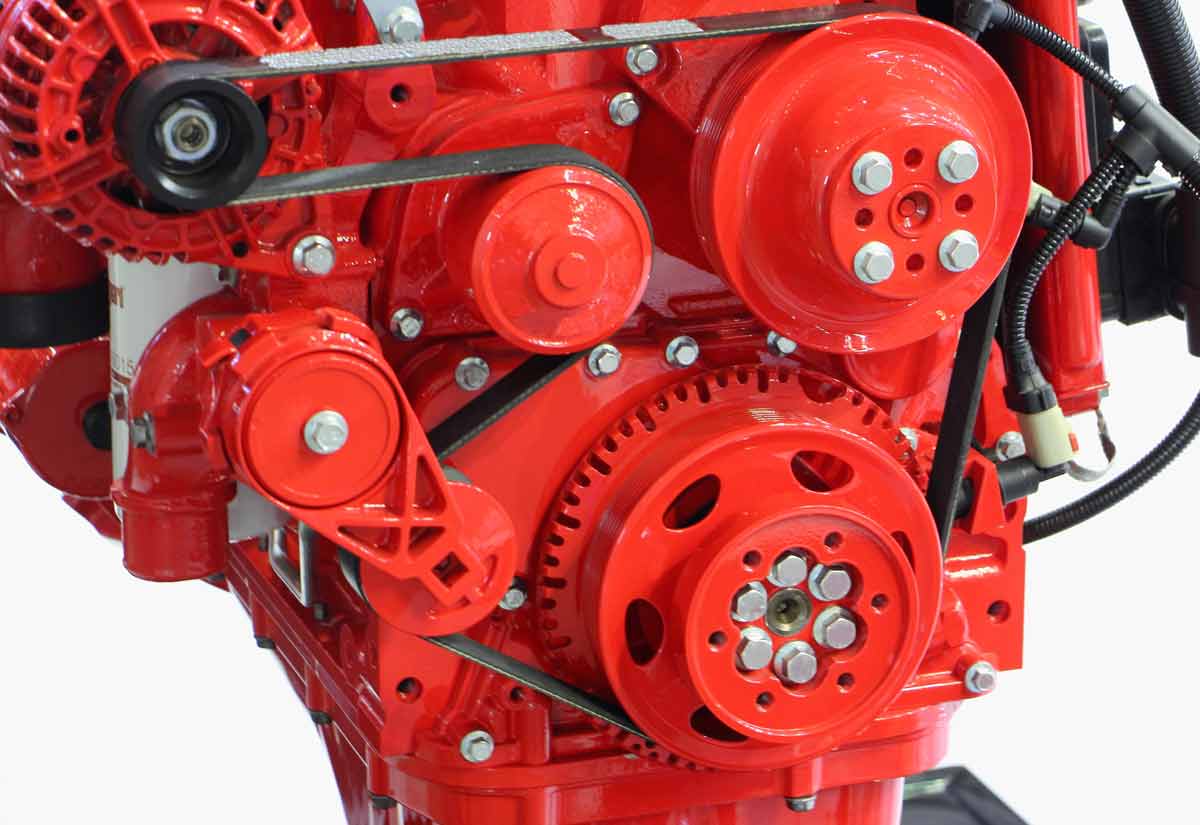Your cover letter can make or break your success in applying for a new position. It tends to be the first thing your future employer reads, and only letters that can pique interest and keep attention actually lead to further consideration.
Ideally, your cover letter should present a high-level overview of your expertise, and why you are a good fit for the position. To get to that point, here are 7 steps you can take to write a great cover letter that helps you advance to professional, managerial, and leadership positions in the mining and materials processing industry.
1) Outline The Content You Need to Include
Before you actually start writing, it makes sense to outline exactly what type of content you would like to include. In this step of preparation, it’s important to gather as much information about your future position as you possibly can. Understand the requirements, then try to answer these requirements as part of your outline.
2) Avoid Resume Duplication
As you work on your outline and begin to consider the writing, always keep your resume in mind. The best cover letters are more than just narrative versions of the bullets provided in the resume. Instead, they add value and establish you as a professional in the eyes of potential employers.
Your cover letter should be motivation for the recruiter to take a closer look at the resume, without duplicating its content. Topics to cover, depending on the position, include:
- Relevant experiences in the engineering or mining industry
- Intangible leadership skills developed through past positions
- Tangible outcomes of past experiences (such as project completions)
3) Start With a Strong Opening
With a general idea of the content you want to include in mind, you are ready to actually start writing. Here, it makes sense to start with the most important part: the header and opening paragraph.
Naturally, you need to include exactly what position you’re applying for. But at the same time, it also needs to be engaging; your first paragraph is often the deciding factor on whether a recruiter keeps paying attention, or tunes out. Establish your expertise from the moment they start reading your cover letter.
4) Provide Tangible Examples
The next two steps relate to the body content of the letter. First, this is your chance to highlight specific examples of your expertise and experience, and how it relates to the job at hand.
It’s important to understand that these examples cannot be comprehensive. Instead, choose two or three examples that are particularly relevant to the job at hand. Flesh them out, rather than only touching on a wide range of high-level examples.
5) Show Employer Knowledge
The second piece of content within your letter’s body copy should showcase your knowledge about your potential employer. You can accomplish that feat through a number of tactics:
- Emphasize your fit in the corporate culture
- Mention past and current clients of your employer
- Name key stakeholders you would work with by name
Much of this information is easily available online. Including it helps you build a connection to the employer that recruiters cannot help but notice.
6) Finish With a Call to Action
Your final paragraph should be dedicated to one goal above all: prompting your recruiter to take action. Most commonly, this includes scheduling a phone or in-person interview, or preparing similar steps to get you closer to acceptance of the position.
In this paragraph, consequence is key. A polite ask can be effective, but it makes more sense to be direct. Mention when you will be available, and highlight the fact that if you don’t hear back within a given time frame, you will complete a courtesy follow-up. Don’t assume you will get the job, but convey your confidence that your qualifications make you uniquely qualified for the position.
7) Keep it Concise and Accurate
A first draft of a cover letter that includes both tangible examples and references to the employer can quickly get long. However, concision is key; 70% of employers across industries prefer cover letters that are one page long or shorter. After finishing the writing, go through it again and eliminate any sections that seem unnecessary to your key objectives.
Review of the draft letter also helps to keep it accurate. It should go without saying, but your cover letter absolutely cannot include typos or grammar errors. Leaving a positive impression has to include a focus on accuracy, particularly when it comes to leadership positions in precise fields like engineering.
Finding a new job, particularly in leadership positions, can be challenging in a competitive industry like mining. The right cover letter is your first step in presenting yourself in a positive light and making potential employers pay attention. Contact us for available jobs in your area, and more advice on how to advance your career in this and related industries.











